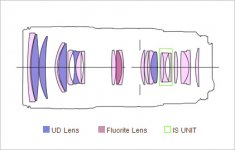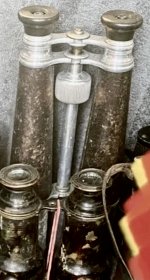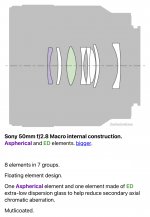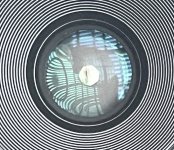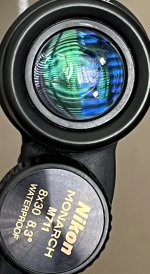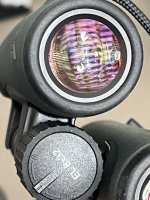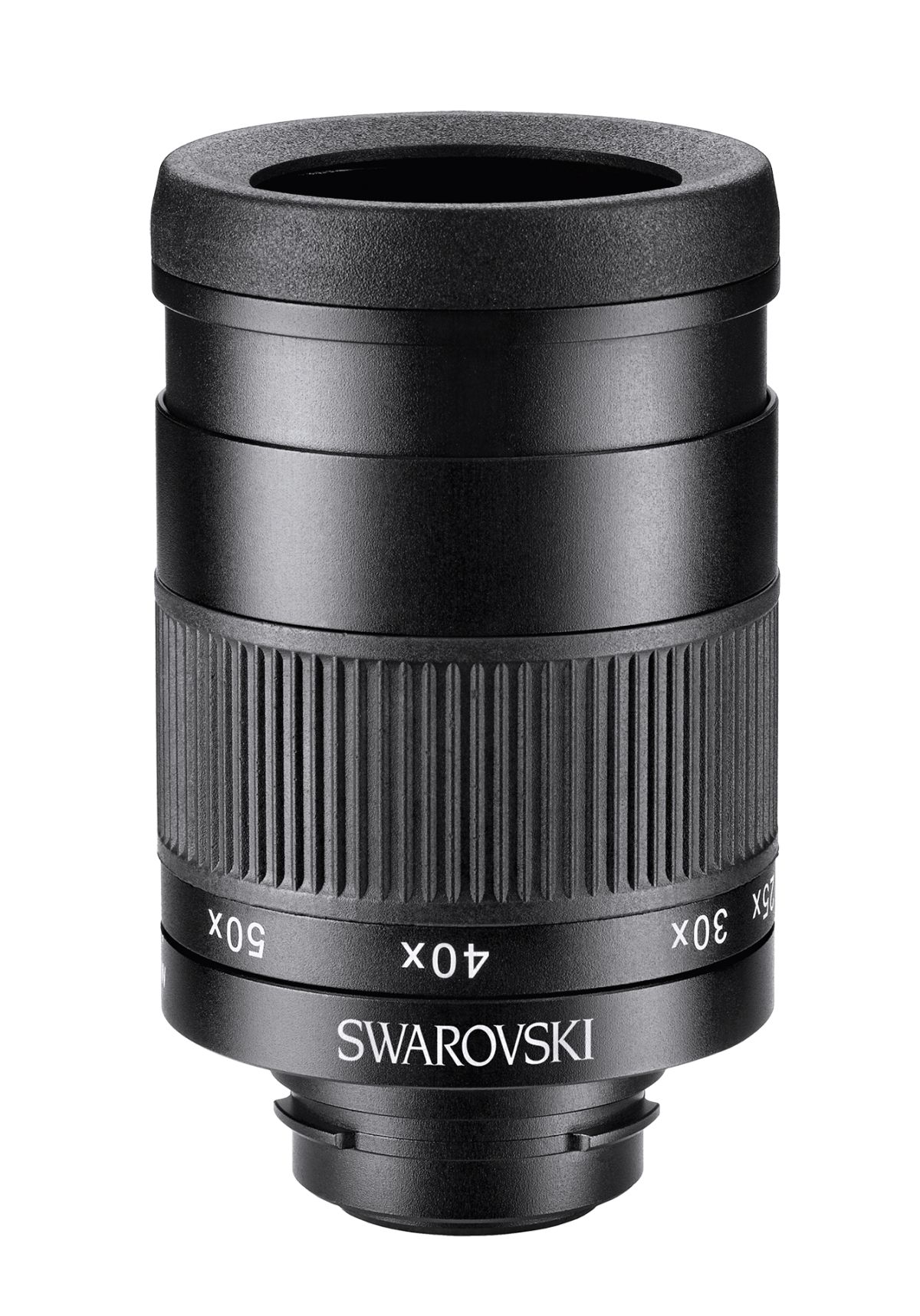The pupil of the eye is not comparable to a camera sensor.
If comparing, then the retina, which is curved is more comparable to a camera sensor.
The retina has varying resolution. Only the centre is fine resolution.
The pupil of the eye determines the speed of the eye's lens.
Best performance is with about 2.5mm pupil.
B.
If comparing, then the retina, which is curved is more comparable to a camera sensor.
The retina has varying resolution. Only the centre is fine resolution.
The pupil of the eye determines the speed of the eye's lens.
Best performance is with about 2.5mm pupil.
B.




